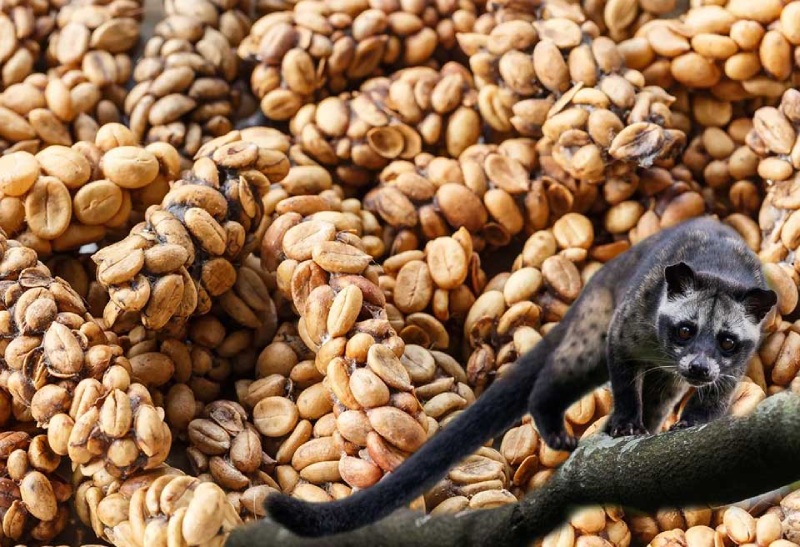Kopi Luwak, also known as civet coffee, is the world’s most expensive coffee variety. Its reputation precedes it, boasting an exotic brewing process and a unique flavor profile. But beneath the glamorous facade lies a complex reality involving animal welfare, scientific fact, and the ever-shifting tides of consumer preference. This article dives into the science behind Kopi Luwak, exploring its production, taste, health claims, and market viability.
Understanding Kopi Luwak
Kopi Luwak is made from coffee cherries that have been eaten and excreted by the Asian palm civet, a cat-like mammal. The civet’s digestive system ferments the coffee beans, altering their chemical makeup and, according to proponents, enhancing their flavor. However, the civets are often kept in battery cages, raising serious ethical concerns about the industry.
The Science of Digestive Fermentation
The science behind Kopi Luwak’s flavor profile is partially understood. The civet’s stomach enzymes break down some of the coffee bean’s proteins, which can contribute to bitterness. However, the extent of this fermentation and its impact on overall flavor is still debated. Some argue it creates a smoother, less acidic taste, while others claim the difference is negligible.

Quality Control and Ethical Concerns
The unregulated nature of the Kopi Luwak industry makes quality control a significant issue. Fake Kopi Luwak, often made with regular beans flavored artificially, is prevalent. Additionally, the cruel treatment of civets in caged environments has led to ethical boycotts and a rise in ethically sourced alternatives like civet-friendly coffee.
Analyzing the Taste and Aroma
True Kopi Luwak is described as having a smooth, earthy taste with hints of chocolate and caramel. However, due to the rarity and potential for fakes, many consumers may never experience the genuine article. Furthermore, taste is subjective, and some may find the earthy undertones unpleasant.
Health Benefits and Risks
Proponents of Kopi Luwak claim health benefits due to the civet’s digestive process. However, there’s no scientific evidence to support these claims. Coffee itself has well-documented health effects, both positive and negative, which likely apply to Kopi Luwak as well.

Consumer Perspectives and Market Trends
Consumer interest in Kopi Luwak has fluctuated over the years. The high price tag and ethical concerns have led some to seek out alternatives. However, the allure of exclusivity and the mystique surrounding the production process continue to hold some consumers captive.
Conclusions
Kopi Luwak represents a unique intersection of science, ethics, and consumer culture. While the science behind its flavor profile is partially understood, the ethical concerns surrounding its production cannot be ignored. As consumers become more informed, the future of Kopi Luwak remains uncertain. The high price tag and ethical considerations may ultimately relegate it to a niche market.





